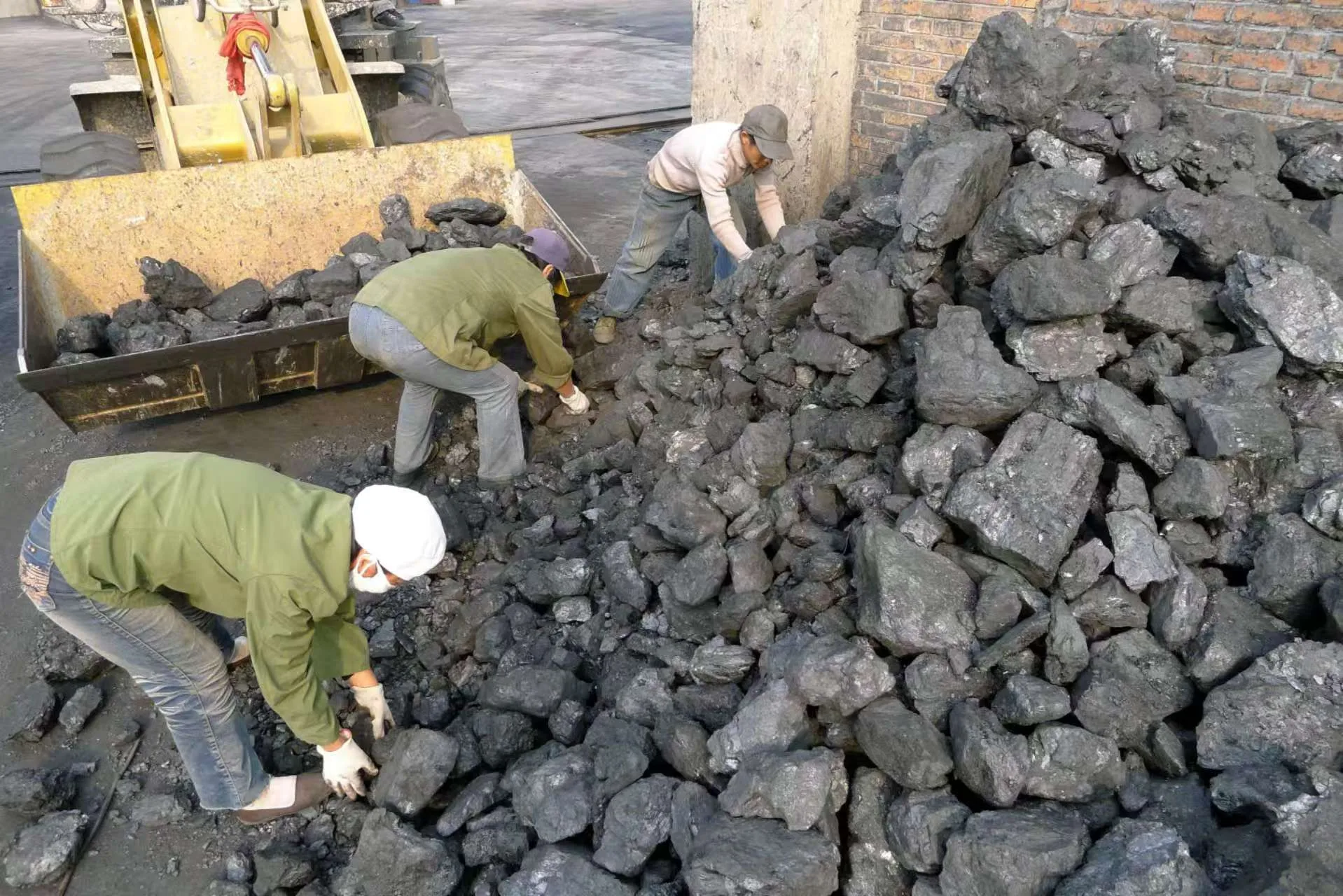
The Journey of a Conflict Mineral to Your Electronics
Introduction to Tantalum Mining
Tantalum, a rare and valuable metal, is essential for modern electronics, aerospace, and medical devices. But before it reaches your smartphone or electric vehicle, it undergoes a complex extraction process. Mining tantalum is challenging due to its scarcity, ethical concerns, and the technical difficulty of separating it from other minerals.
Where Is Tantalum Found?
Tantalum is primarily extracted from coltan (columbite-tantalite), a mineral found in:
- Central Africa (DRC, Rwanda): Major source (60%+ of global supply)
- Australia (Greenbushes, Wodgina): Industrial-scale mining
- Brazil (Minas Gerais): Smaller but high-grade deposits
- Byproduct of tin mining: Recovered from tin smelting waste
Step 1: Extraction – How Tantalum Ore Is Removed
Artisanal Mining (Small-Scale)
- Manual labor: Miners dig pits or riverbeds to collect coltan.
- Challenges: Poor working conditions, environmental damage, and ethical concerns (conflict minerals).
- Certification programs: Initiatives like iTSCi (International Tin Supply Chain Initiative) track ethical sourcing.
Industrial Mining (Large-Scale)
- Open-pit mining: Heavy machinery extracts ore from hard rock.
- Underground mining: Used in deeper deposits (e.g., Australia).
- Environmental controls: Water recycling, land rehabilitation.
Step 2: Processing – From Raw Ore to Tantalum Concentrate
Crushing and Grinding
- Jaw crushers → Ball mills → Ore reduced to fine powder.
- Goal: Liberate tantalum from surrounding rock.
Gravity Separation (Most Common Method)
- Shaking tables/spirals: Separate heavy tantalite from lighter minerals.
- Magnetic separation: Removes iron-rich impurities.
- Result: 20-30% pure tantalum concentrate (Ta₂O₅).
Chemical Refining (For High Purity)
- Acid leaching: HF/H₂SO₄ dissolves tantalum.
- Solvent extraction: Separates tantalum from niobium.
- Final product: Potassium tantalum fluoride (K₂TaF₇) or oxide (Ta₂O₅).
Ethical and Environmental Challenges
Conflict Minerals & Human Rights
- DRC concerns: Child labor, armed group funding.
- Solutions: OECD Due Diligence Guidelines, certified supply chains.
Ecological Impact
- Deforestation: Mining destroys habitats.
- Water pollution: Acid runoff from processing.
- Mitigation: Better waste management, recycling.
The Future of Tantalum Mining
Recycling (Urban Mining)
- E-waste recovery: Old phones contain concentrated tantalum.
- Companies like Umicore (Umicore Recycling) lead in metal recycling.
Synthetic Alternatives?
- Research ongoing: Lab-grown tantalum still expensive.
- For now: Mining remains essential.
